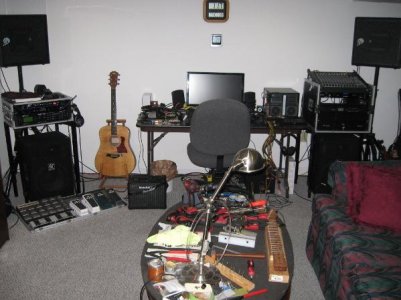If you run the AxeFx through a Twin, it's always going to sound very much like a Twin with some special effects in front of it. That is, you'll lose the vast majority of the modelling that the Axe is known for. Not a whole lotta point in owning an Axe if you're going to hobble it like that, although you will get very accurate models of many high-end sfx. Some pros use it that way, like Steve Vai. Rather than have a rack/pedalboard with $20K worth stomp boxes, you can just run the Axe into your favorite amp (ie: a Twin or whatever). One could argue that it's a bit limiting, but then some pros have a specific sound they get from a specific rig, so the amp/speaker modelling capabilities of the Axe aren't as attractive to them.
If you use a flat(ish) power amp into a dedicated speaker cabinet such as a 212 or 412, you'll only lose the cabinet emulations. But, actually, that's a lot. Cabinets have substantially more to do with audio character/tone than many give them credit for.
If you use a flat(ish) power amp into a flat(ish) PA speaker or go all the way to a FR/FR (Full Range/Flat Response) speaker, then you get all the magic that is the AxeFx. A Peavey 5150 sounds like a Peavey 5150. A Twin sounds like a Twin. A Vox AC30 sounds like a Vox AC30, and so on. You'll get Freidmans, Dumbles, Mesas, Bad Cats, various tweeds... the list is long. Plus, you still have all those wonderful sfx.
For someone who's doing a lot of covers or originals, having over 200 different high-end amps, numerous sfx and who knows how many speaker cabinets offers a nearly infinite palette of sounds to work with. Plus, you have many variables you can tweak to create amps and combos that don't even exist. Change the output transformer for a Marshall JCM800 and see what happens. Change the power supply sag for a Vox and see what happens. Change from 6l6s to EL84s in a blackface Bandmaster, just for fun.
Lastly, if you're not already aware of it, the
Fractal Audio Forum is a huge resource that you can't afford to ignore.
What's the ideal setup? Your guess is as good as mine. This is what I did...





